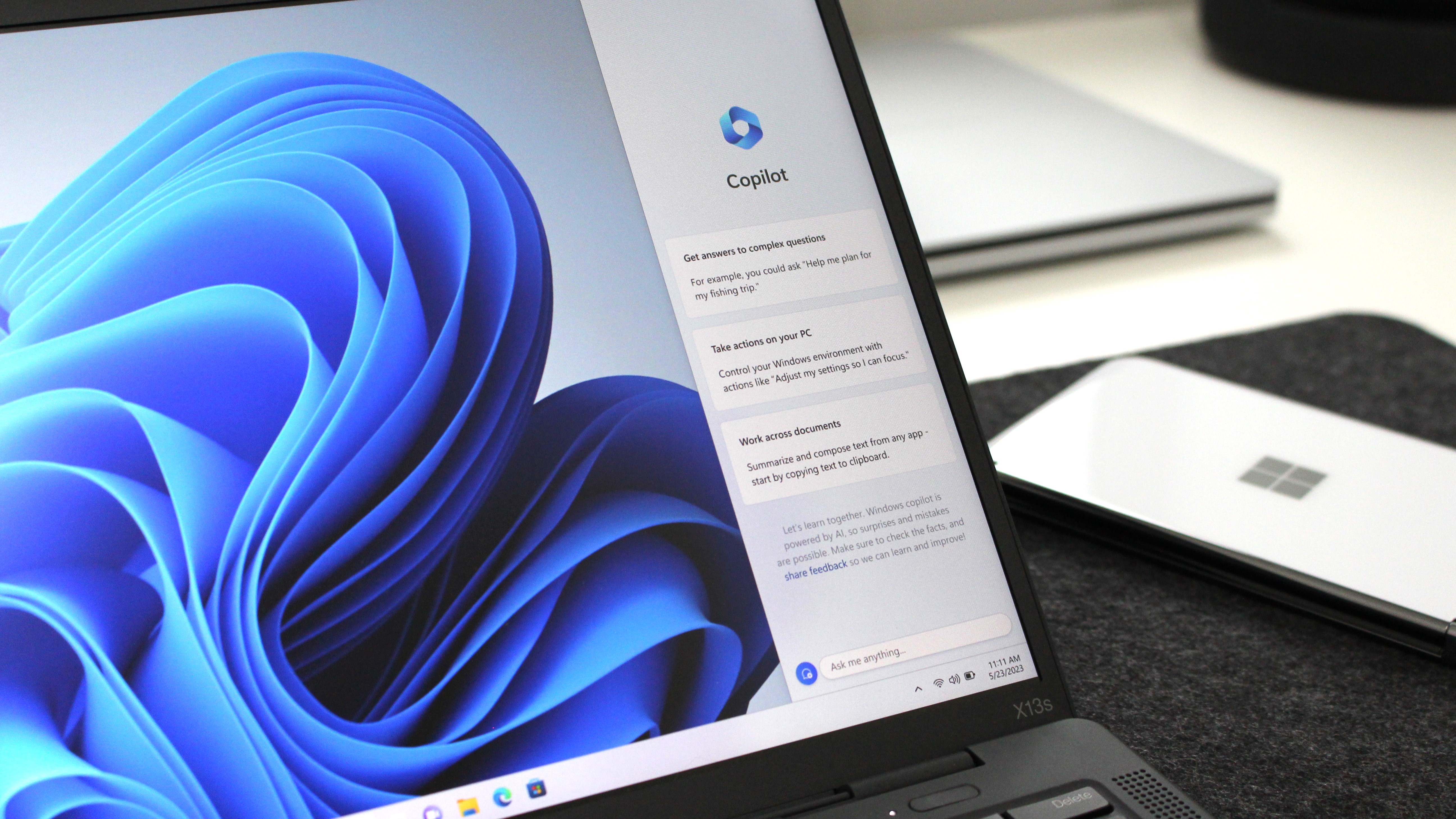
What you need to know
- Windows 10 tops the market share at 71.9% per StatCounter's latest report.
- Microsoft's Windows 11 lags behind with a 22.95% stake in the market share.
- Windows 10 will hit its end of support in October 2025.
Windows 11 has been on the market for a long minute now. And while Microsoft continues to work towards enhancing its user experience by releasing feature drops often, Windows 10 remains a personal favorite for many, according to StatCounter's report in May.
Per the report, Windows 10 tops the market share at 71.9%. This is despite Microsoft's efforts to get more people to upgrade their devices to its latest OS. Admittedly, Windows 11's minimum system requirements are quite steep for the average user.
Windows 11 comes in second place with a 22.95% stake in the market share, down from 22.95% in April. This means 94.85% of the users are running on Windows 10 and 11.
We already know that Windows 10 is expected to reach its end of support in October 2025. Microsoft has already started making changes leading up to this date. For instance, the company announced that it'll no longer release new versions of Windows 10. This means that the current version 22H2 was the last release it made.
You shouldn't expect any feature updates if you're still running on Windows 10. However, Microsoft will continue to release security updates.
Microsoft also announced that it'll be upgrading all Windows 10 users to the latest version 22H2 this month. This is mainly because the previous versions of Windows 10 are ending closer to their end of support as of June 13, 2023.
The report further detailed that some users were still running on older versions of Windows as highlighted below:
- Windows 7 (3.61%)
- Windows 8.1 (0.72%)
- Windows 8 (0.37%)
- Windows XP
Notably, Windows 7 also took a significant hit dropping by 0.06% percent compared to April's figures. This could be a result of Microsoft pulling the plug on its Extended Security Update program early this year.
Microsoft continues to encourage users to upgrade to Windows 11, though multiple users have expressed reluctance to transition, citing flaws in its design, particularly the Start menu.






